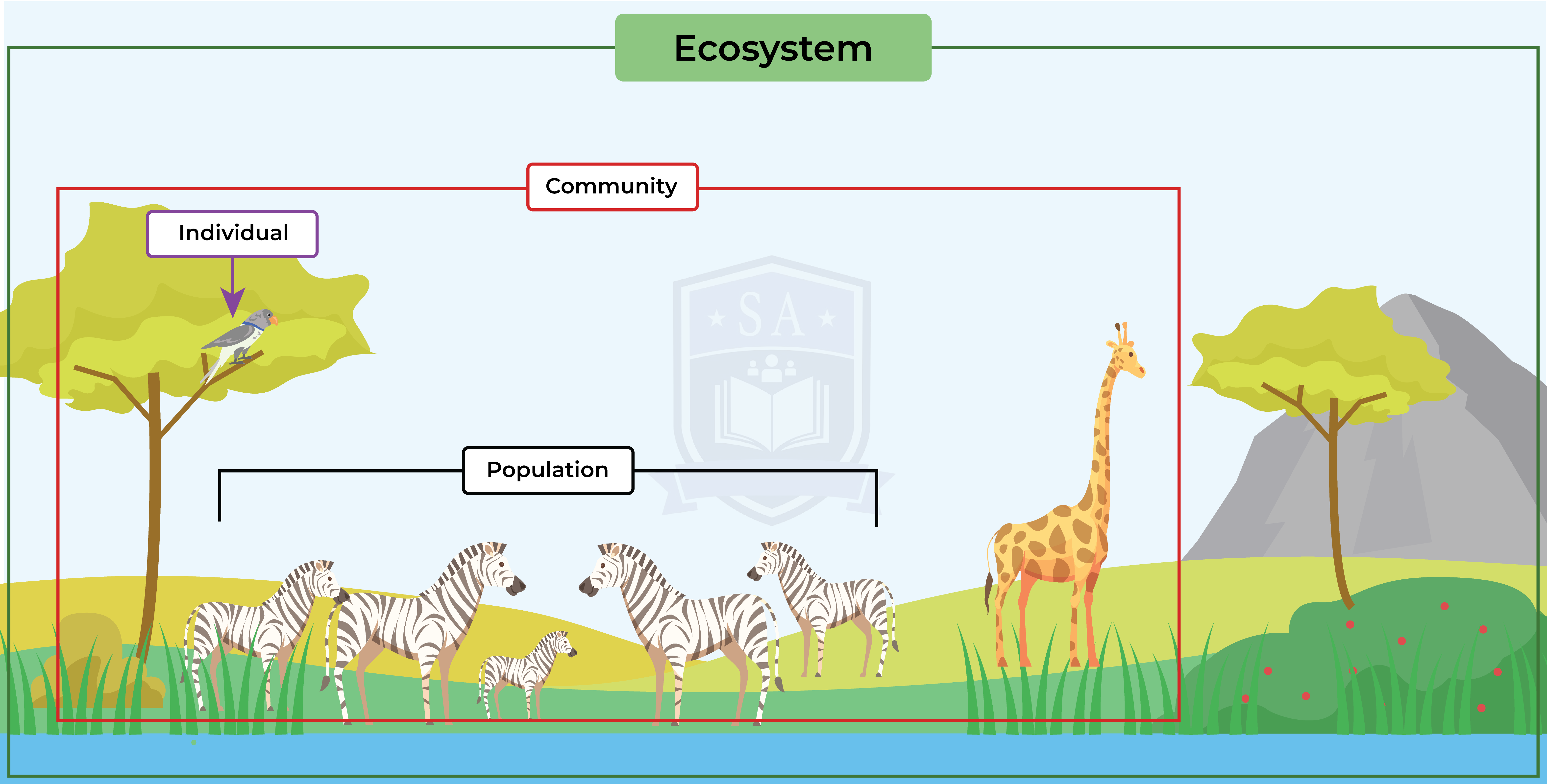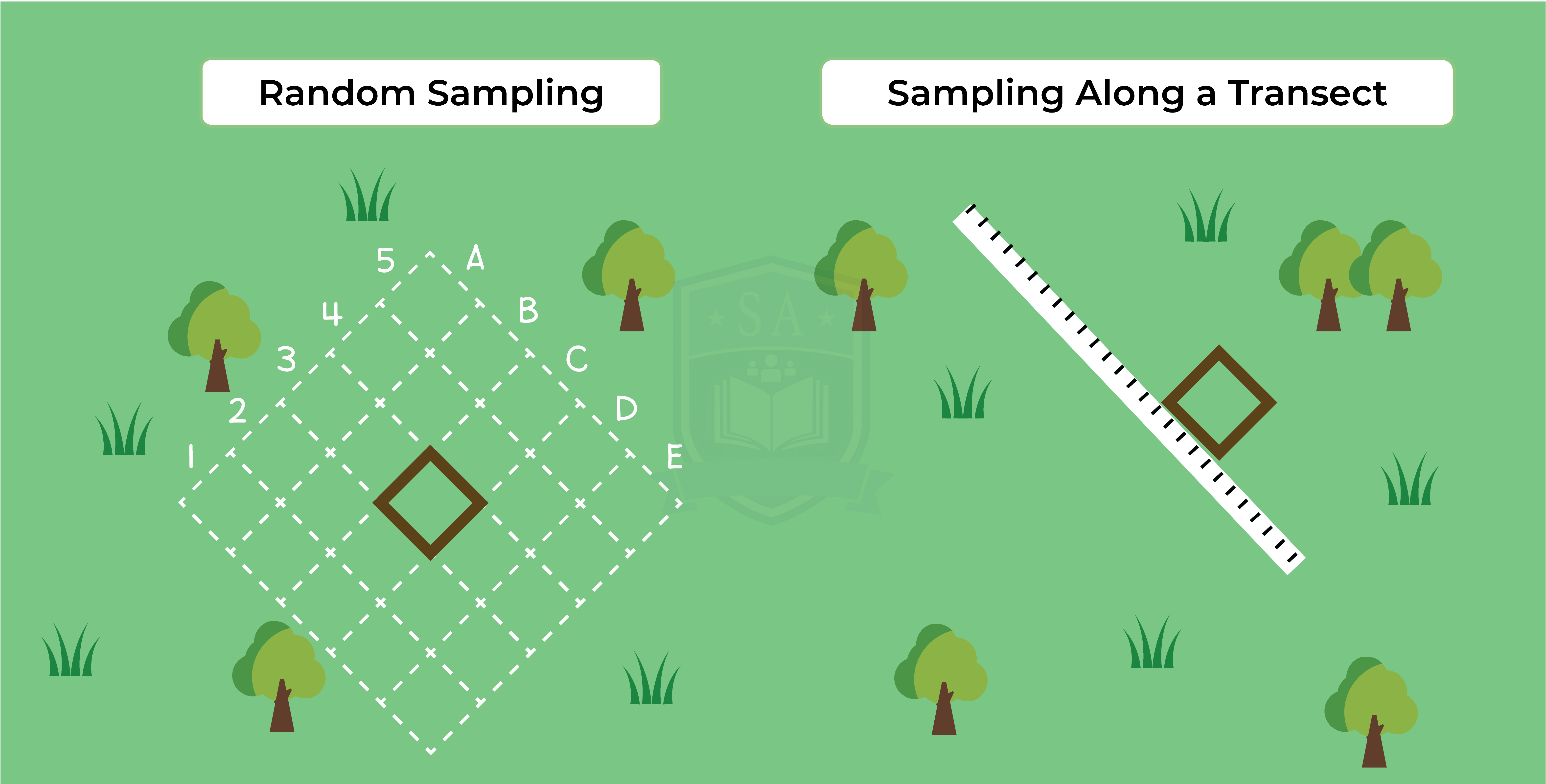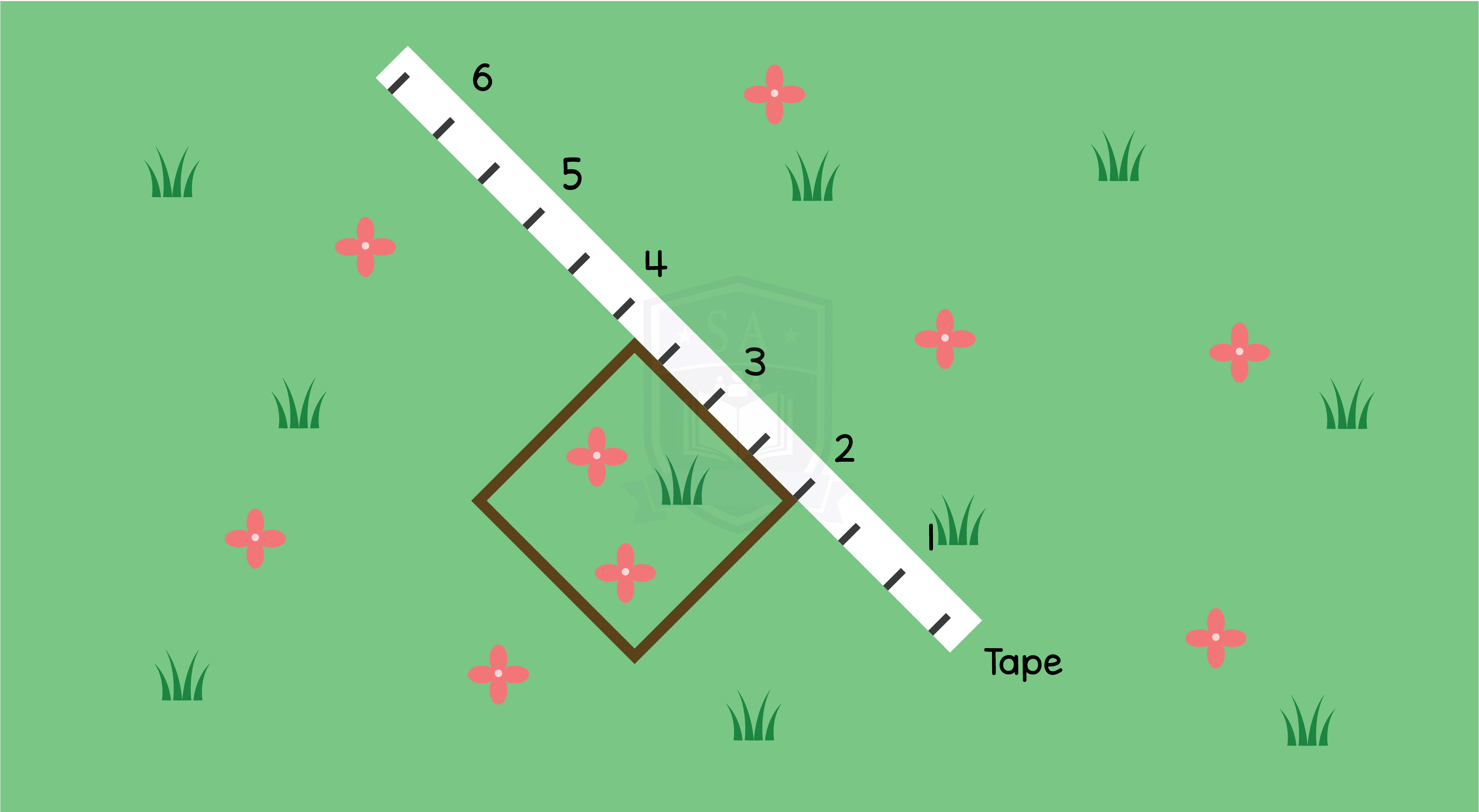REVISION NOTES
4.1.1 Understand the terms population, community, habitat and ecosystem

4.1.2 Practical: investigate the population size of an organism in two different areas using
quadrats


Quadrats:
Population size practical:
Estimated population size = Total area of survey/Area sampled using quadrat x Total population calculated
4.1.3B Understand the term biodiversity
Biodiversity:
4.1.4B Practical: investigate the distribution of organisms in their habitats and
measure biodiversity using quadrats

4.1.5 Understand how abiotic and biotic factors affect the population size and distribution of organisms
Biotic vs Abiotic factors:
Abiotic factors are all non-living factors interacting in an environment

© 2025 Studia Academy. All rights reserved.